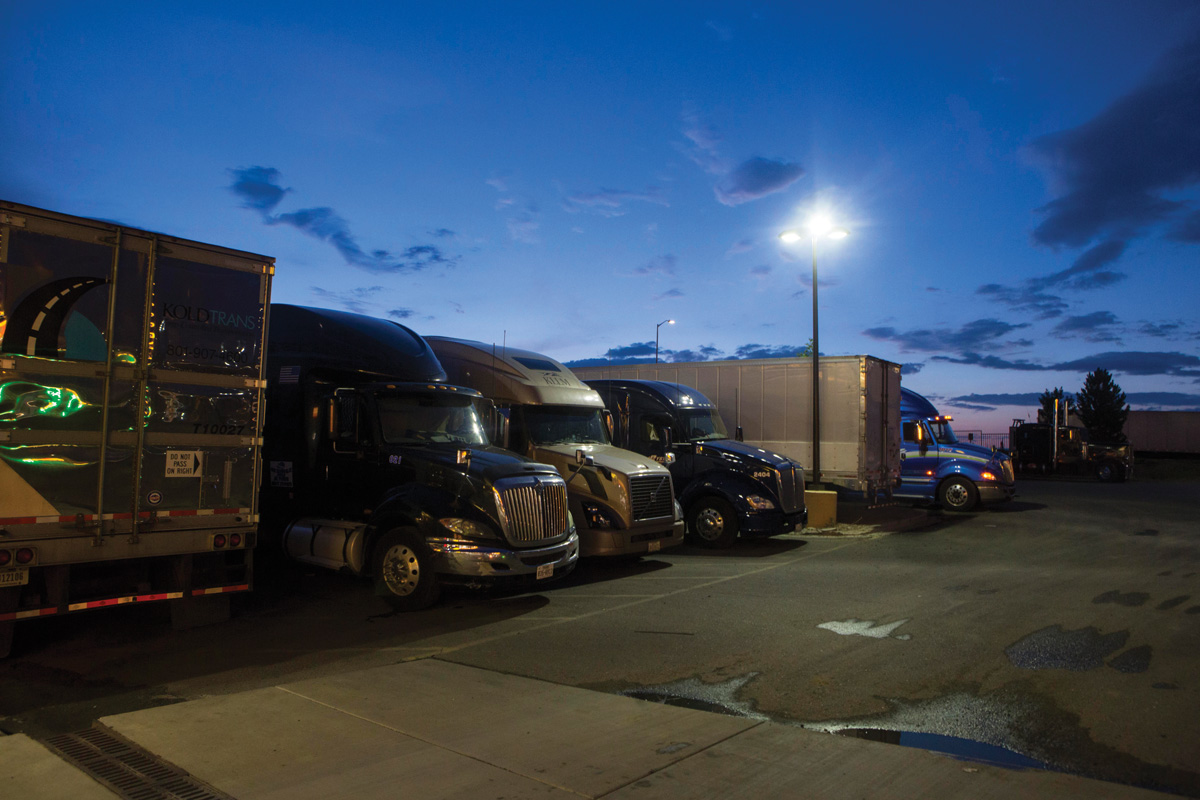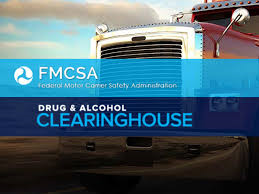Human Trafficking: Signs and Resources
Human Trafficking is serious business. Truck drivers, whether OTR or local, play a huge role in the prevention and reporting of trafficking. We have put together some signs and resources for you to use when out on the road. Full disclosure, the FR8 Solutions Dispatch/Brokerage team did a ton of research and much of the information in this blog is directly from these two organizations dedicated to stopping human trafficking. The websites are listed below. Check out these amazing organizations and all of the resources they provide.
www.truckersagainsttrafficking.org and www.humantraffickinghotline.org
 Traffickers often use the transportation system to move victims. Truck drivers are in a unique place of being able to spot signs and make reports because they are involved in so many different industries. Rest stops, hotels, and restaurants on the road can be hotspots for this activity. At any given time, there are far more truck drivers on the road than law enforcement.
Traffickers often use the transportation system to move victims. Truck drivers are in a unique place of being able to spot signs and make reports because they are involved in so many different industries. Rest stops, hotels, and restaurants on the road can be hotspots for this activity. At any given time, there are far more truck drivers on the road than law enforcement.
 Keep your eyes open for these red flags:
Keep your eyes open for these red flags:
- Being approached near or at your truck: Often, young women in human trafficking situations are forced to approach drivers to see if they would like company.
- Suspicious vehicles: A vehicle parked and occupied by one or two people for prolonged periods of time can be a sign of prostitution or human trafficking. These serve as “lookouts” watching for law enforcement.
- A vehicle with multiple women and one male driver.
- Several people with the same tattoo- this can be a form of “branding”.
- Visible signs of abuse or poor health.
- Abnormal traffic to a business or home. This can be both foot and automotive transport.
- Persons with lack of identification.
What do you do if you suspect trafficking?
1-888-373-7888 National Human Trafficking Hotline
Always start by calling the NHTH. However, when you report a potential trafficking situation to the NHTH that is occurring in the moment at a truck stop, especially in a remote location, in order to ensure the most immediate response our Hotline Advocate will typically ask you to hang-up, call 911 and then call us back to report the tip. The Hotline Advocate will then pass this information along to our trained federal, state, and local law enforcement contacts who are available to respond to tips 24/7 and will do so with an informed, victim-centered trafficking investigation.**Reminder: consent from a victim and the safety of all individuals involved are key factors in determining whether or not an immediate law enforcement response is appropriate. The Hotline Advocate will assess for these factors during your initial phone call.
Current statistics show that the areas with the most trafficking are along busy highway corridors and in big cities. California’s urban areas and major highway corridors have more reported cases than anywhere else in the nation, although human and sex trafficking occur throughout the West. Below, you will see three chats showing cases reported by each state.



Truckers Against Trafficking has stickers with both a text and call phone number that both victims and advocates can use. They also offer training for trucking companies to educate drivers on what to look for while out and about. 12 States have passed legislation making it a requirement for Human Trafficking training to be added to driver training. Do you live in one of those states? Even if you don’t, the training is priceless.
Check out Truckers Against Trafficking at www.truckersagainsttrafficking.org and The National Human Trafficking Hotline at www.humantraffickinghotline.org for more information or to get involved. WE ALL NEED TO BE AWARE AND COMMITTED TO PUTTING AN END TO HUMAN TRAFFICKING.


